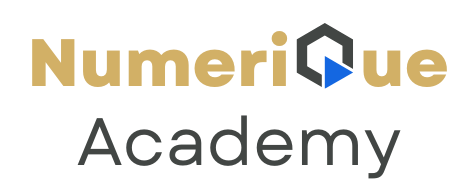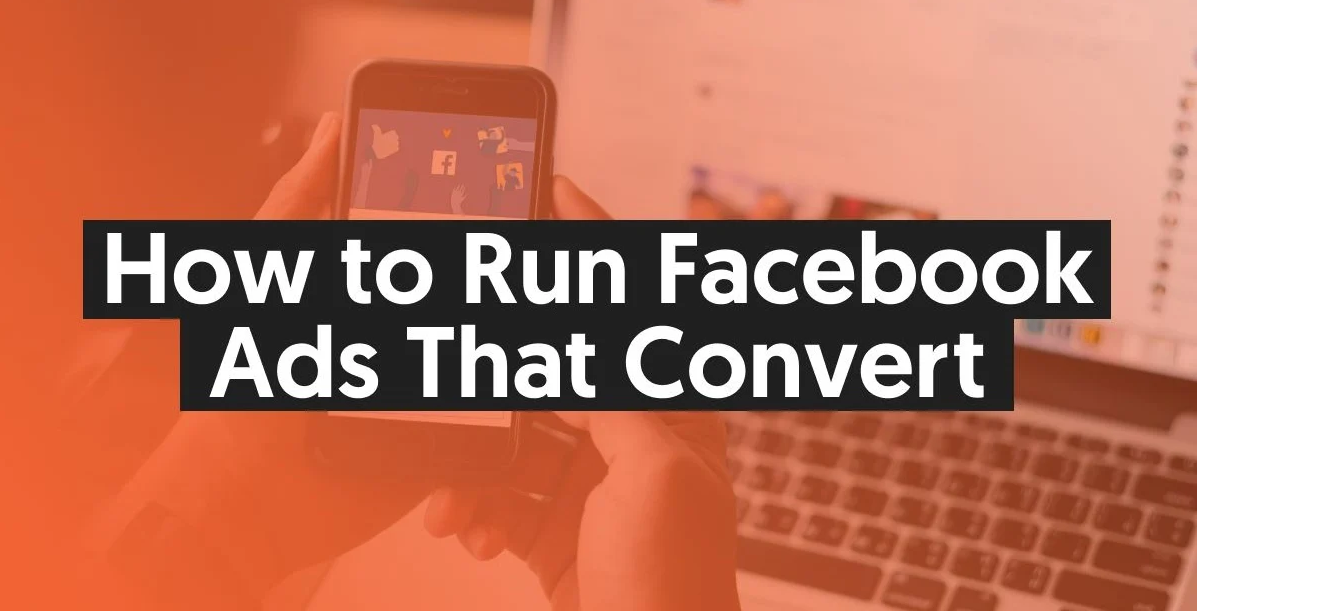In the fast-moving world of Facebook advertising, creative is your make-or-break variable. With over 3 billion users scrolling daily and attention spans shrinking to under 2 seconds per post, the visual and messaging elements of your ad often matter more than your targeting or budget.
For D2C brands competing in crowded niches, creative that stops the scroll and drives action is not just a nice-to-have — it’s your secret weapon. In this article, we’ll break down what makes a winning ad creative in 2025 and how to consistently produce content that drives real ROI.
1. Understand the Scroll Mentality
Before you even design, you need to understand the user mindset. People aren’t on Facebook to shop. They’re looking to be entertained, inspired, or distracted. Your ad must:
- Look native to the feed
- Feel personal or emotionally relevant
- Deliver your message in 3 seconds or less
Tip: The first frame of your video or image is the most important real estate. If it doesn’t hook, you’re ignored.
2. Choose the Right Ad Format
Facebook offers multiple formats — but not all are equal for D2C product brands. Here’s a quick breakdown:
| Format | Best Use | Creative Focus |
| Single Image | Retargeting, quick promos | Clean, product-focused |
| Carousel | Product features, multiple SKUs | Tell a mini-story |
| Video | Cold audience, storytelling | Fast-paced, relatable |
| Reels / Stories | Gen Z / mobile-first | UGC-style or influencer-led |
Pro tip: UGC-style vertical videos often outperform polished studio ads, especially for first-touch campaigns.
3. Nail the Hook in the First 3 Seconds
The hook is the part of your creative that captures attention immediately. It’s your opening line, first frame, or visual cue. Great hooks might include:
- A bold claim: “This backpack repels water like magic”
- A question: “Still washing your face with just water?”
- A visual disruption: fast jump cuts, reactions, or real-life demos
Good Hook Example:
[Video opens with a woman pouring coffee on a white shirt, then wiping it off effortlessly. Text overlay: “Stain-proof. Coffee-proof. Life-proof.”]
Weak Hook Example:
Slow panning shot of a product on a table, no action, no context, no emotion.
4. Show, Don’t Just Tell
Demonstrate your product in action. The best D2C Facebook ads don’t just describe — they prove. Think:
- Before/after transformations
- Speed tests or comparisons
- Real customers using the product naturally
For example, if you’re selling a portable blender:
Show someone using it at the gym or office, blending a smoothie mid-commute — not just a studio shot.
5. Use Native-Looking Visuals (UGC Wins)
User-generated content (UGC) and lo-fi, “unpolished” content is dominating ad performance because it:
- Feels more authentic and trustworthy
- Blends into the feed like a regular post
- Outperforms branded content in many tests
How to Get UGC:
- Ask your customers for reviews via video
- Partner with nano/micro influencers
- Shoot “UGC-style” with your team using a phone camera
6. Design With Mobile in Mind
Over 94% of Facebook ad impressions happen on mobile. Your creative must:
- Be vertical (4:5 or 9:16) to fill the screen
- Have legible text (no tiny fonts)
- Work with sound off (use captions or on-screen text)
Checklist:
- Bold headlines in the first 3 seconds
- Captions or subtitles throughout
- Contrast between background and product
7. Test, Analyze, Repeat
No creative is “perfect” — it’s always in beta. You need a consistent testing loop:
- Launch 3–5 creative variants (different hooks, styles, or angles)
- Measure based on CTR, ROAS, Thumb-Stop Rate, and CPA
- Kill underperformers quickly
- Scale winners with budget and iterations
Tools to Use:
- Meta Ad Library: Spy on top competitors
- Motion or VidMob: Creative analytics platforms
- Canva or CapCut: For fast, mobile-optimized design
Final Thoughts: Content Is King — But Context Is Queen
Even the best creative won’t perform if shown to the wrong audience at the wrong time. Make sure your creative:
- Matches the stage of the funnel (cold vs retargeting)
- Resonates with your demographic’s tone, culture, and pain points
- Evolves with platform trends (e.g., Reels, meme formats, POV storytelling)
Remember: You’re not just selling a product. You’re selling a feeling, a moment, a solution — one scroll-stopping frame at a time.

